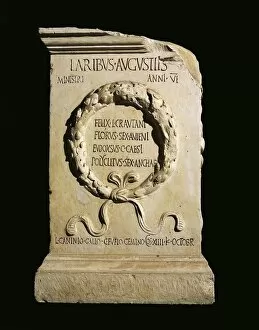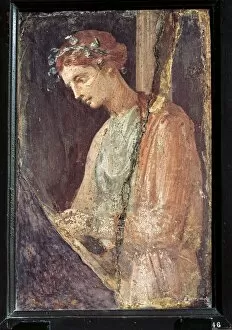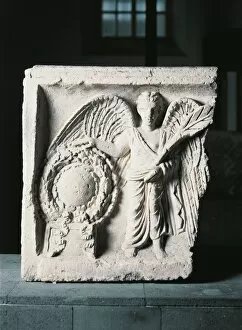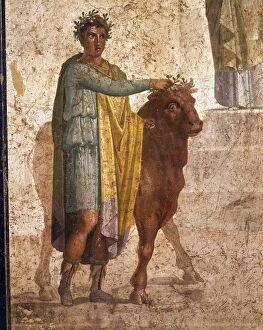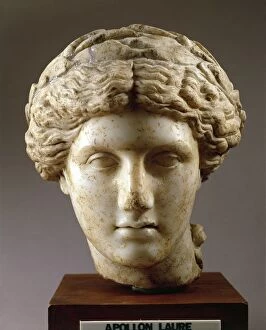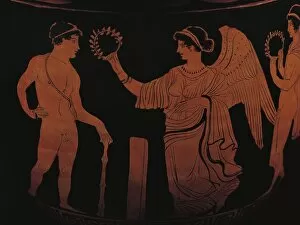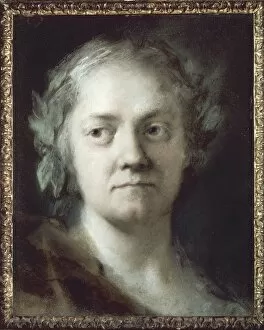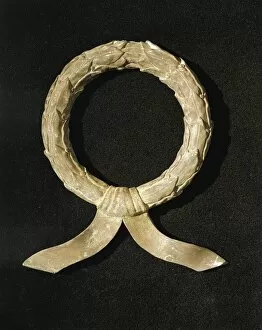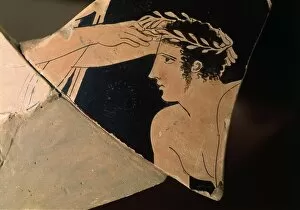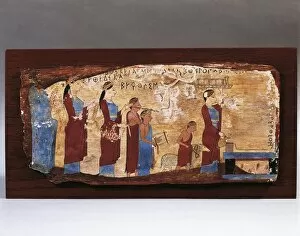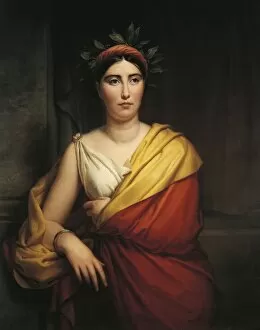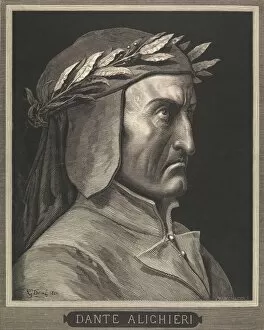Laurel Wreath Collection (page 26)
The laurel wreath, a symbol of victory and honor, has been intertwined with the realms of art, literature, and athleticism throughout history
All Professionally Made to Order for Quick Shipping
The laurel wreath, a symbol of victory and honor, has been intertwined with the realms of art, literature, and athleticism throughout history. In ancient Greece, it adorned the heads of athletes proclaimed winners in prestigious competitions. This tradition continued to inspire great minds centuries later. One such mind was Dante Alighieri, the renowned Italian poet who penned the epic masterpiece "Divine Comedy. " A portrait from 1475 depicts him wearing a laurel wreath as a testament to his literary prowess. The wreath represents not only his poetic genius but also his connection to Apollo, the God of Light and Poetry. Pandora's box is opened once again when we explore further into this captivating symbol. Erato, one of the nine Muses in Greek mythology and specifically associated with poetry, is depicted holding a laurel branch in an exquisite watercolor painting from 1870. Her presence signifies that inspiration flows through poets like an eternal spring. Even monarchs sought solace under its verdant embrace. Jan Sobieski III, King of Poland during the late 17th century, donned a laurel wreath in an engraving that immortalized his triumphs on both political and military fronts. Ovid himself stands proud within this narrative as well; an engraving captures his essence alongside other influential figures who have found their muse within these leaves. Catherine II of Russia graces us with her regal presence in another oil-on-canvas portrait where she wears a delicate crown made out of intertwined laurel branches—a visual representation of her intellectual accomplishments and patronage towards arts and culture. But let us not forget that beyond its symbolic significance lies stories etched onto various mediums—red-figure pottery depicting scenes from Aeschylus's tragedy or limestone sculptures showcasing Jupiter's divine power alongside Juno's unwavering loyalty. Whether adorning the heads of victorious athletes or inspiring poets to create their masterpieces, the laurel wreath has transcended time and culture.

